India
At least 288 people were killed and more than 850 injured in a horrific three-train collision in India what officials have called the country's deadliest rail accident in more than 20 years.
Images from the crash site showed smashed train compartments torn open with blood-stained holes near Balasore, in the eastern state of Odisha.
Carriages had flipped over entirely in the crash late on Friday and rescue workers searched for survivors trapped in the mangled wreckage, with scores of bodies laid out under white sheets beside the tracks.
As dawn broke on Saturday, rescue workers were able to see the full extent of the carnage.
More than 200 ambulances and hundreds of doctors, nurses and rescue personnel were sent to the scene, the state's chief secretary Pradeep Jena said.
It was the third deadliest crash in the history of Indian railways. India's worst train disaster was in 1981, when an overcrowded passenger train was blown off the tracks and into a river during a cyclone in Bihar state, killing at least 800 people.
Sudhanshu Sarangi, director general of Odisha Fire Services, said that the death toll stood at 288.
"The rescue work is still going on," he told AFP from the accident site, adding there were "a lot of serious injuries".
India is no stranger to railway accidents and has seen several disasters, the worst of them in 1981, when a train derailed while crossing a bridge in Bihar and plunged into the river below, killing between 800 and 1,000 people.
But Friday's crash is believed to be the worst since the 1990s.
Odisha state's chief secretary Pradeep Jena confirmed that about 850 injured people had been sent to hospitals following the crash, which took place around 200 kilometres (125 miles) from the state capital Bhubaneswar.
"Our top priority now is rescuing (the passengers) and providing health support to the injured," he said.
Amitabh Sharma, executive director at Indian Railways, told AFP that two passenger trains "had an active involvement in the accident" while "the third train, a goods train, which was parked at the site, also got (involved) in the accident".
One survivor told local TV news reporters that he was sleeping when the accident happened, and woke to find himself trapped under about a dozen fellow passengers, before somehow crawling out of the carriage with only injuries to his neck and arm.
- Crowded wards -
With so many injured, the injured were carried by both ambulances and buses to any hospital that had space.
SK Panda, a spokesperson in Jena's office in Odisha state said "all big government and private hospitals from the accident site to the state capital" were prepared to support the injured.
The spokesperson added that authorities had sent "75 ambulances to the site and had also deployed many buses" to transport injured passengers.
At Bhadrak District Hospital, ambulances brought in casualties, with the bloodied and shocked survivors receiving treatment in crowded wards.
Indian Prime Minister Narendra Modi said he was "distressed by the train accident".
"In this hour of grief, my thoughts are with the bereaved families. May the injured recover soon", Modi said on Twitter, adding that he had spoken to railways minister Ashwini Vaishnaw to take "stock of the situation".
Vaishnaw said that he was rushing to the accident site, with rescue teams including the National Disaster Response Force and air force working frantically.
"Will take all hands required for the rescue ops," he said on Twitter.
Nepal's Prime Minister Pushpa Kamal Dahal offered his "deep condolences" in "this hour of grief".
US State Department spokesman Vedant Patel said: "Our thoughts are with the people of India at this time."
Despite the latest crash, railway safety -- thanks to massive new investments and upgrades in technology -- has improved significantly in recent years.




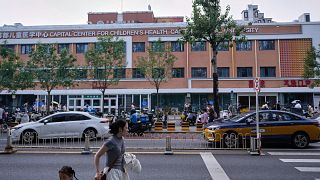
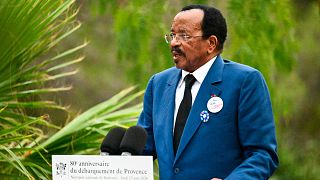
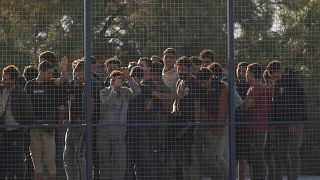
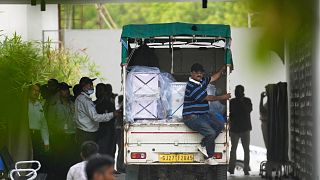
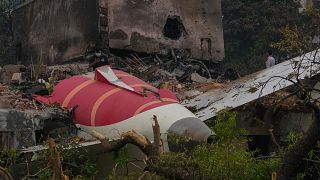
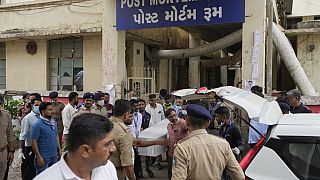
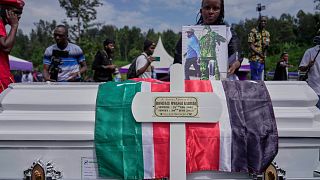
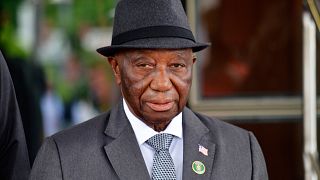
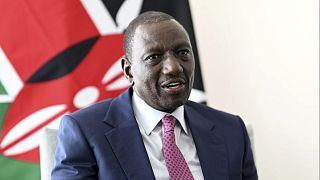
01:45
From Uganda to NYC: Zohran Mamdani's rise in American politics
01:13
Deadly Floods Devastate South Africa’s Eastern Cape: At Least 49 Dead, More Missing
01:01
At least six dead in suicide bomb attack on school bus in Pakistan
Go to video
Tensions flare between India and Pakistan amid missile strikes and escalating rhetoric
Go to video
Charity helps Sudanese separated by war to locate and reunite with loved ones
00:00
Pics of the day: April 18, 2025